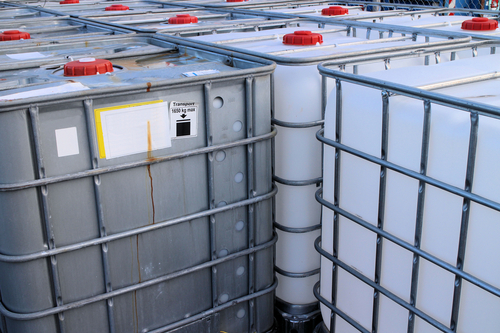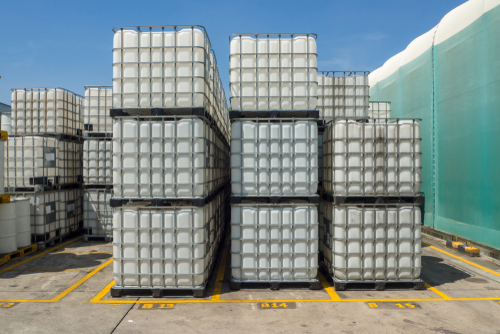If IBC containers are an integral part of your business, you need to maintain them just like any other piece of equipment — especially if you’re in the business of transporting hazardous materials. The more time and energy you put into maintaining your containers, the longer they will last. Your business can save money by reusing these containers for decades to come instead of having to replace them every few years. Keep your IBCs in great shape by incorporating these maintenance tips into your business strategy.
Meet Regular Inspection Requirements
Inspecting your IBC tote isn’t just a money-saving tactic; it’s the law. The U.S. government mandates that all IBCs be inspected after the manufacturing process and every two and a half years going forward. The container needs to pass what’s known as a leak-proof test once it’s been manufactured to ensure it can keep liquids and solids contained. You’ll need to repeat this test every two and a half years. The container also must be externally inspected every two and a half years for missing or damaged parts. Any markings or labels should be inspected and replaced if necessary. And finally, you’ll need to internally inspect your IBCs every five years to check for any damage to the lining of the container.
If you fail to meet one of these deadlines because the container was filled with materials at the time of the inspection date, complete the inspection once the container is empty, before refilling it.

Use Professional Cleaning Services
If your business handles different kinds of materials, you’ll need to clean the tote after every use to prevent cross-contamination. If you or your team members aren’t sure how to clean an IBC tote or aren’t licensed to do so, you should hire a professional. These specialists have the equipment, training and expertise to thoroughly clean and sanitize your containers, especially if they’ve been used to transport hazardous materials.
Professional tote cleaners will typically use a high-pressure omni-directional spinner head to clean every inch of the container inside and out. If the last product transported in the container is resistant to water, the cleaning specialist will use a special chemical to break down the substance. Cleaners will also ensure that any waste water created during this process is disposed of properly. Once the container is clean, the company will issue a document that proves your tote has been cleaned and is ready for reuse.
Use Caution When Moving or Lifting
A tote is more than just four plastic walls. It comes with a discharge valve that needs to remain intact if you plan on using the container properly. You must use caution when moving or lifting the container to make sure you don’t damage this valve. Lift the tote from the side and avoid coming into contact with the valve. Be aware of the contents inside the container when moving or lifting. Go slow and try to keep the contents as steady as possible to avoid a sudden shift in weight.
Remove Lid Slowly
Depending on the contents, pressure may build up in the container. If you open the bung too quickly, you may injure yourself or one of your staff members. Regardless of what’s inside, get in the habit of slowly releasing the bung to let the pressure out gradually — as if you’re opening a can of soda that fell on the floor. Otherwise, the bung may fly off or the contents may burst out of the container.
Avoid Overfilling the Container
Also, remember to avoid overfilling the container. This is common sense, but some companies may be tempted to overfill containers to save money on shipping, instead of shipping two containers. Make sure the tank valve is closed tightly and locked and the second closure is installed before sending the shipment on its way.
Conclusion
You might think that your tote containers will simply stand the test of time, but all the constant lifting, moving and refilling can wear away at the structural integrity of your IBCs over time. While you need to inspect your containers regularly, you should always keep an eye out for damage, corrosion and other warning signs that one of your containers needs to be repaired. Make sure all your team members are up to speed on these maintenance requirements. Remember to go slow and treat these containers with care.

